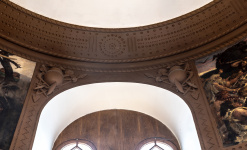Late Paleolithic (40.000 – 11.000 years ago)
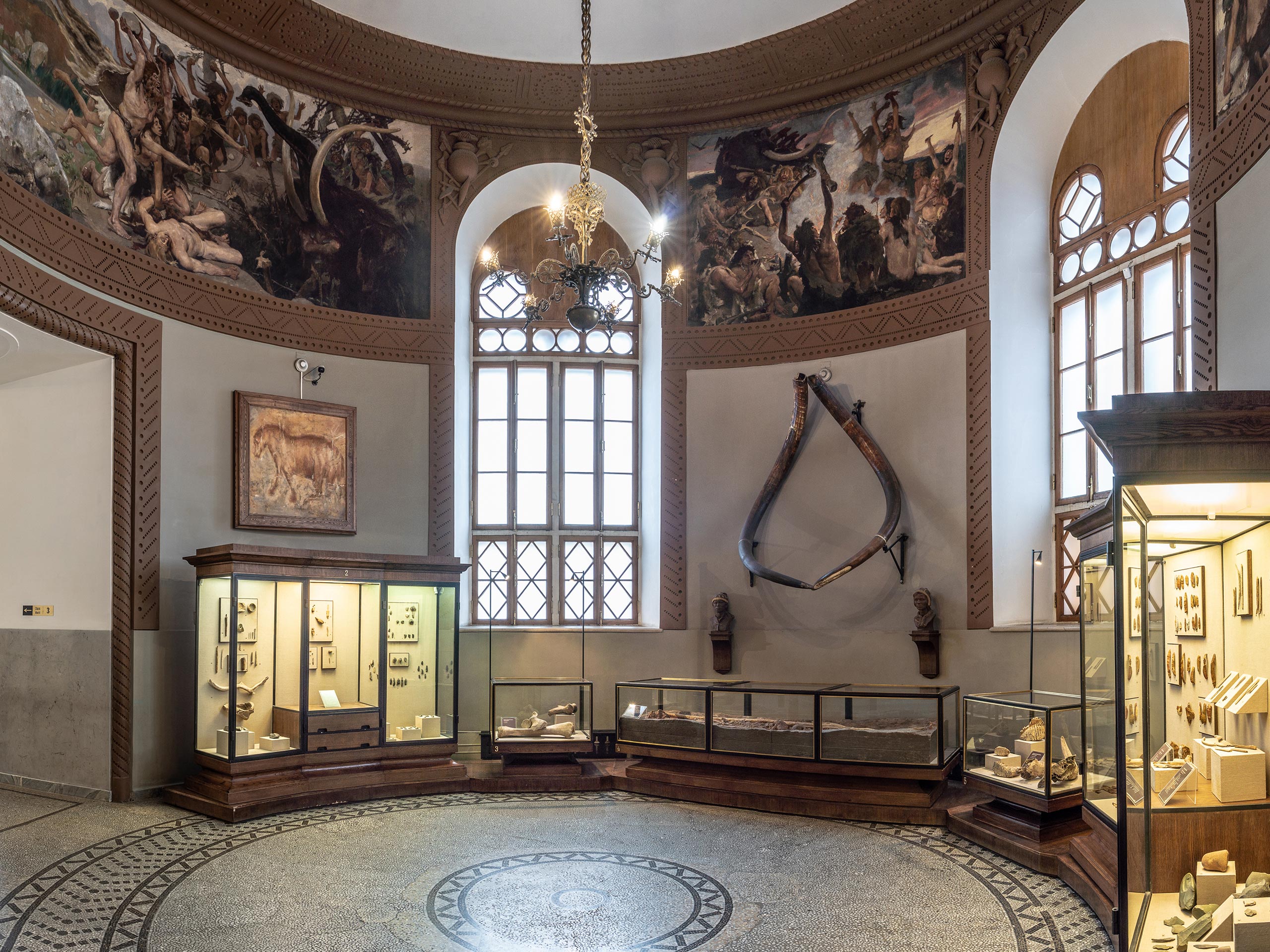
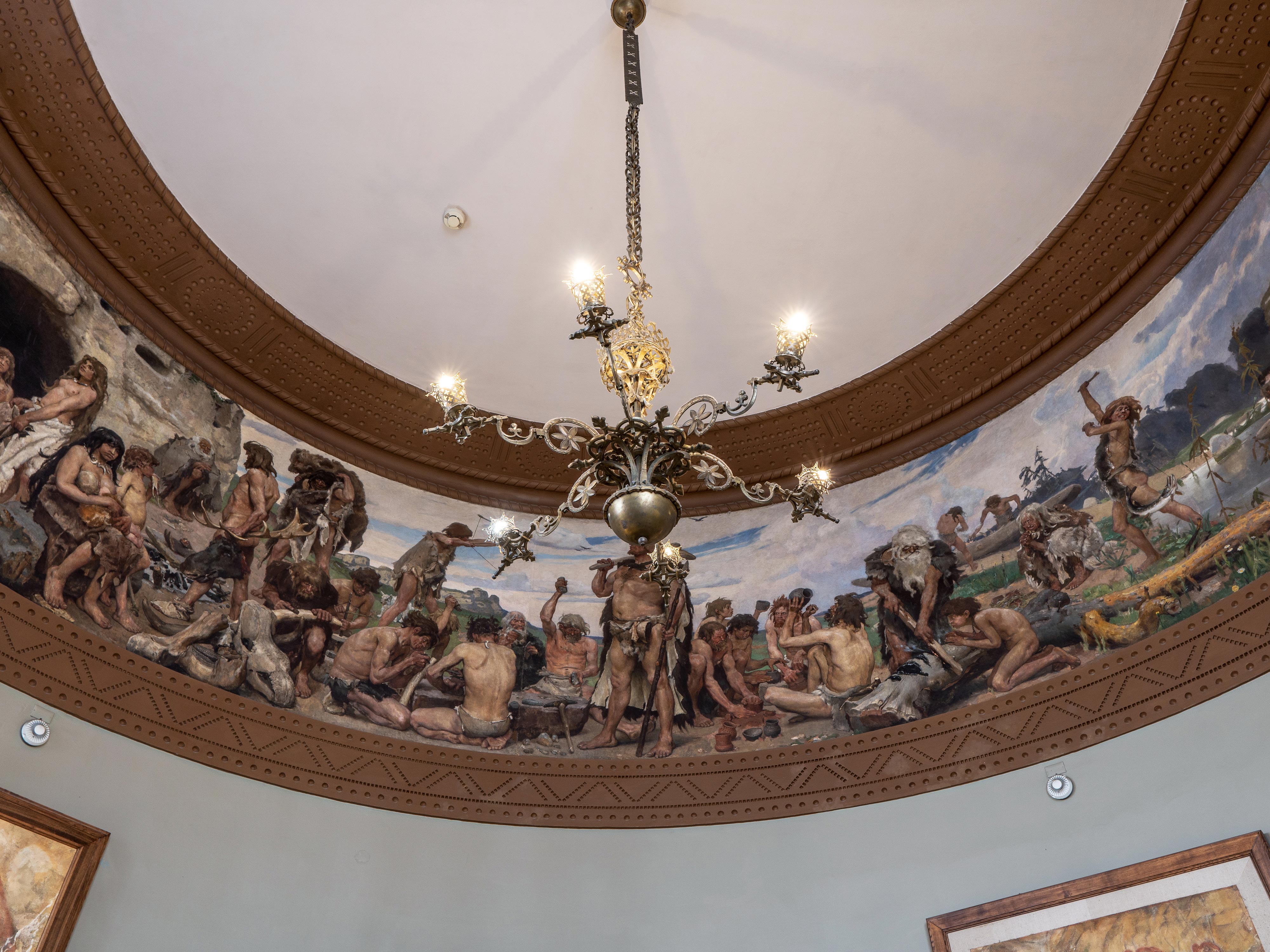
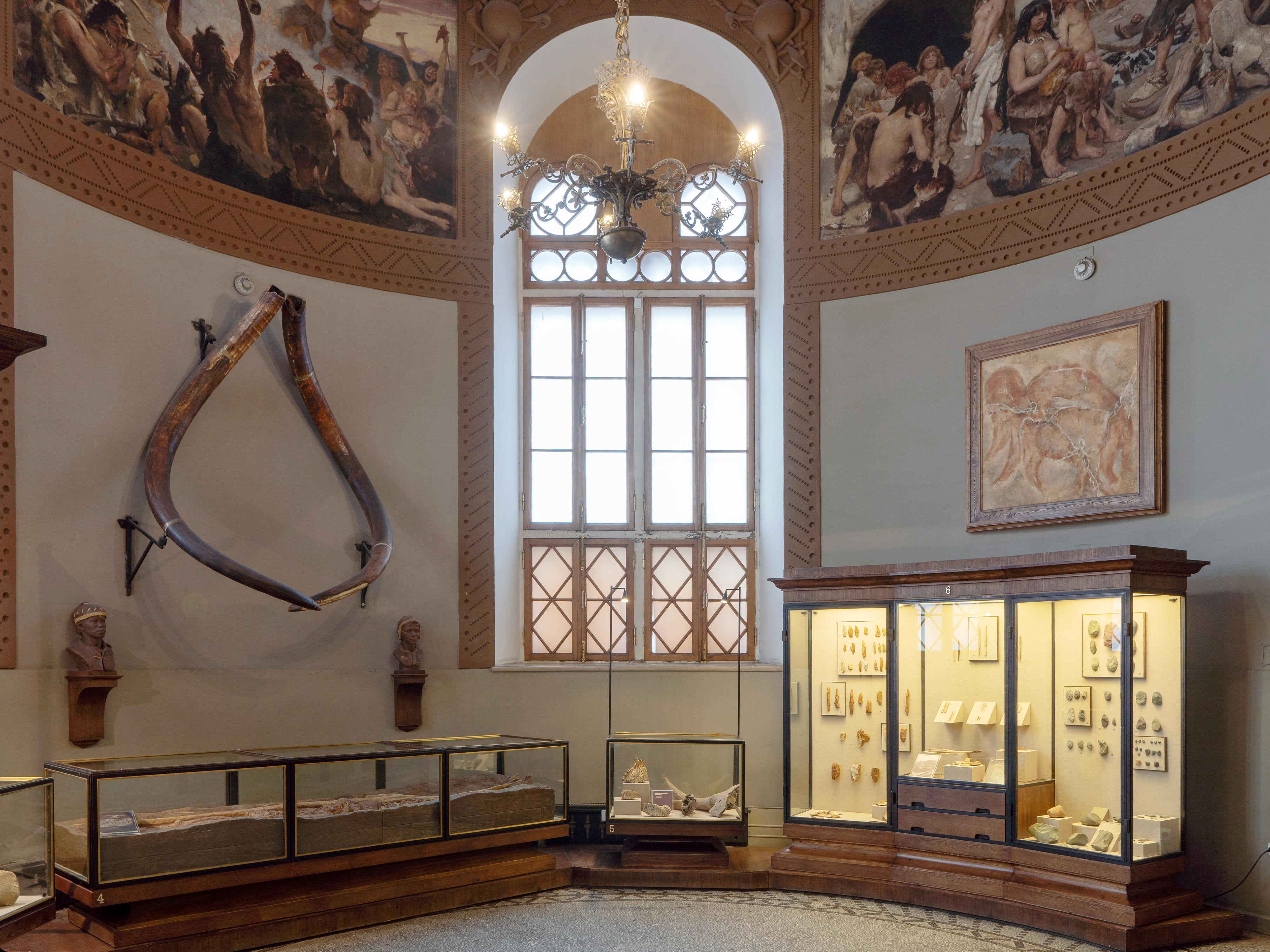
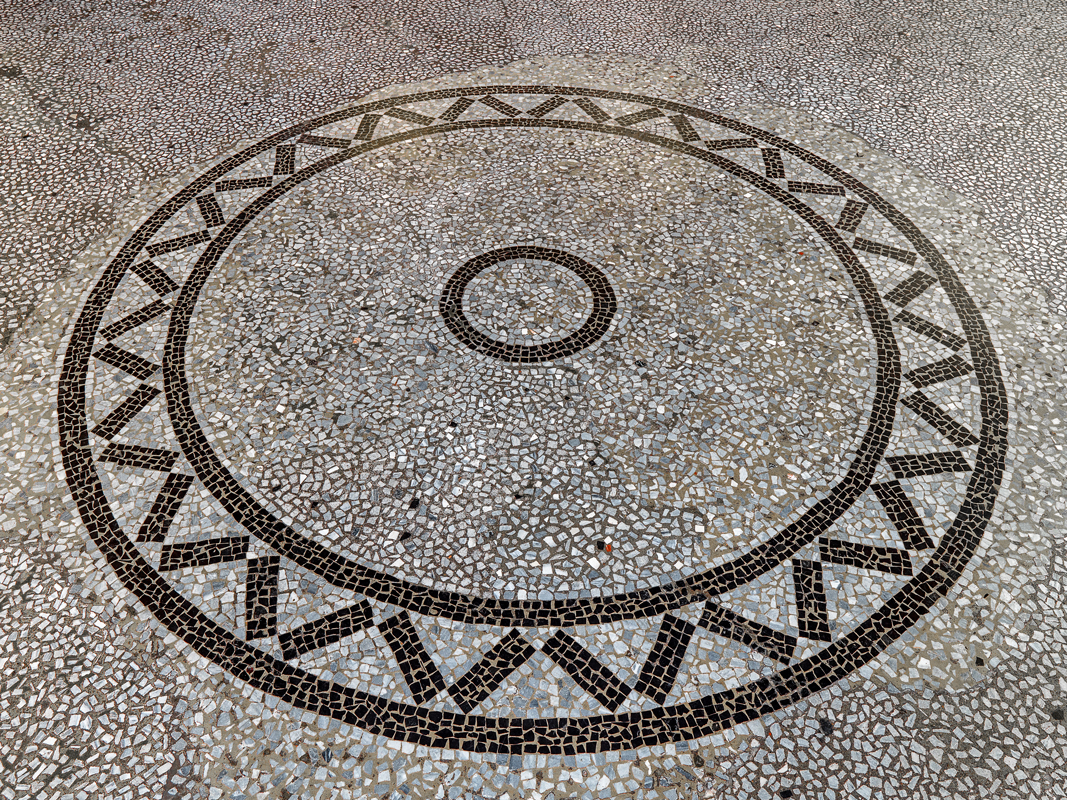
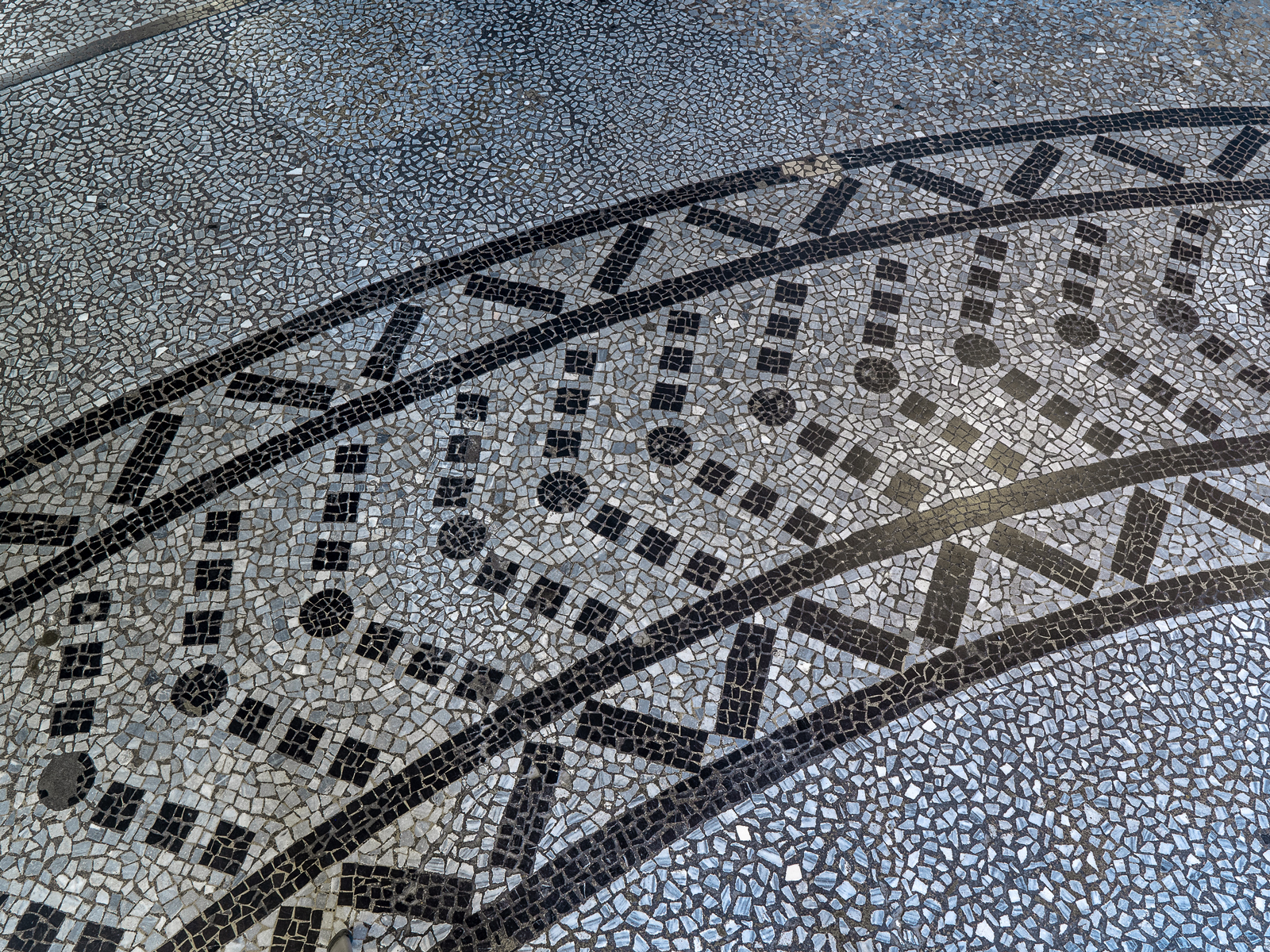

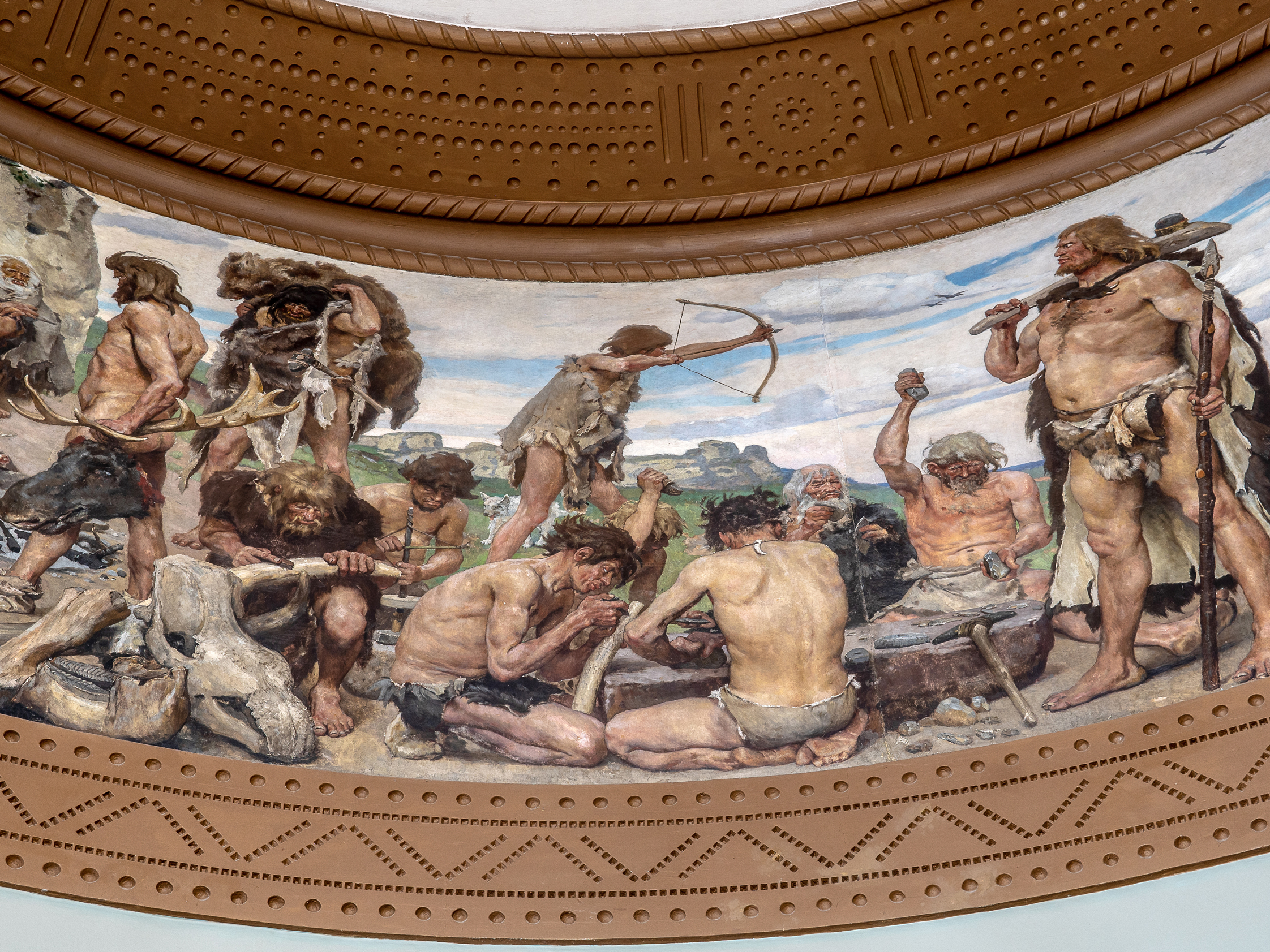
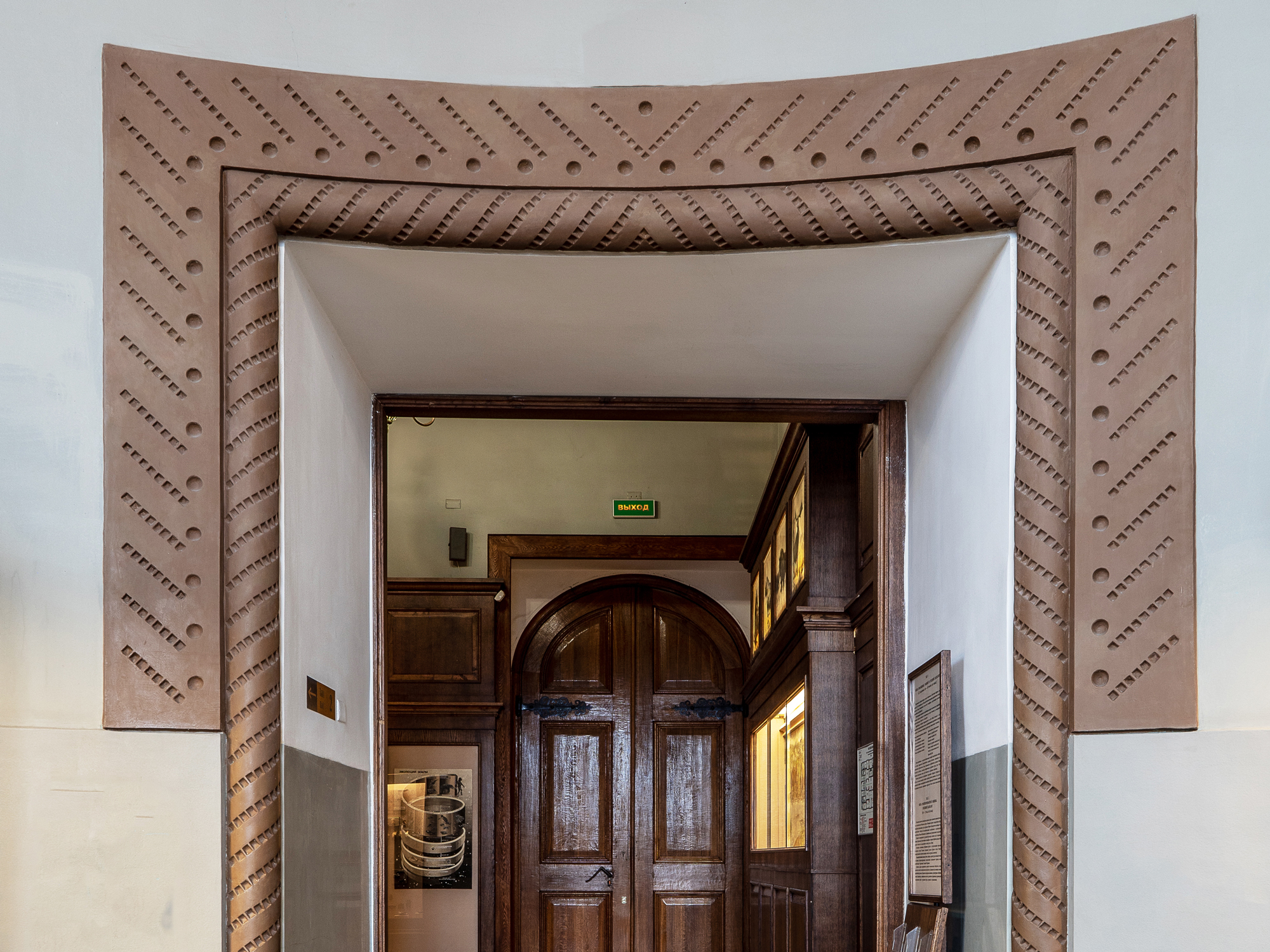
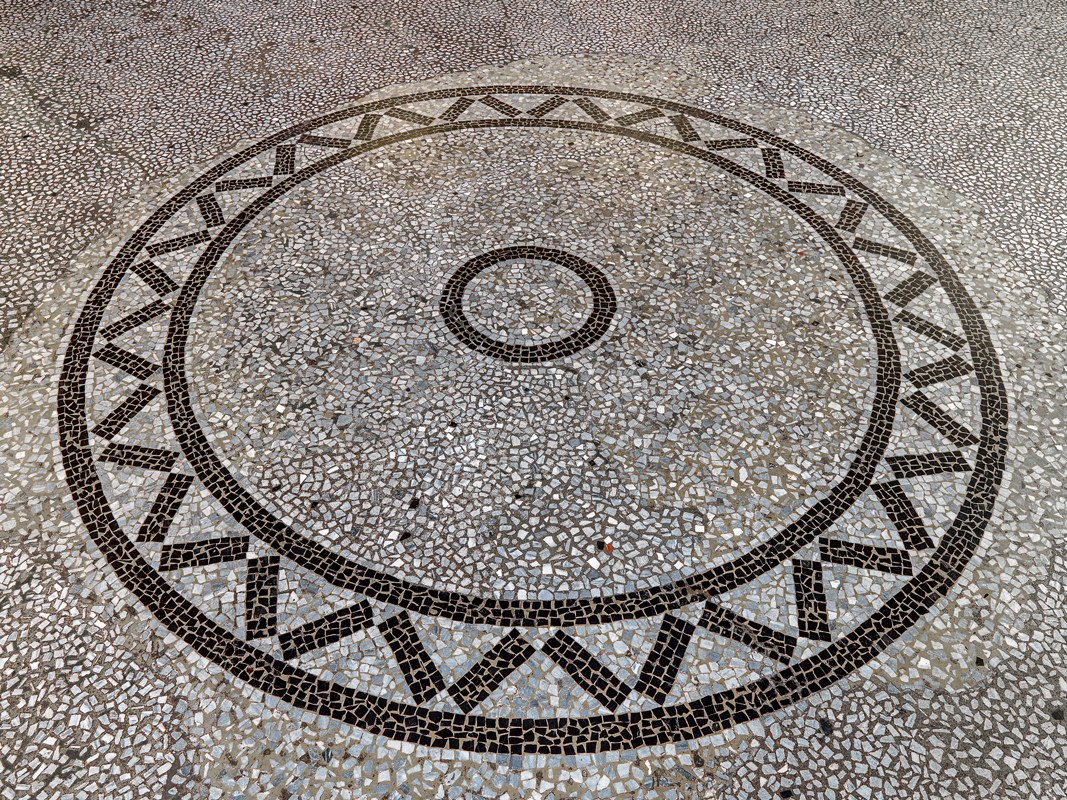
The main decoration of the two halls is a picturesque frieze by Victor Vasnetsov – "Stone age". It was created in 1884 and reflected the vision of the Stone age by artists and first Russian researchers. The first modern humans (Homo Sapiens Sapiens) appeared on Earth 200–120 thousand years ago. They came to the territory of our country much later, 40 to 38 thousand years ago, and continued to populate the most remote areas, that were not covered by the glacier, until the end of the Ice age 11–10 thousand years ago. Most of our country was covered by a glacier, on the rest of the territory the climate was cold. People hunted various animals, they were engaged in gathering. Tools continued to be improved; appeared a variety of trappings; burials with complex ritual and art: sculpture, graphics and painting.
Mammoth tusks attached to the wall were purchased at the end of the XIX century by Irkutsk merchant I.Gromov. They were found in the permafrost layer on the Bank of the Yenisei river and presented to the Museum.
Thematic structure of the hall
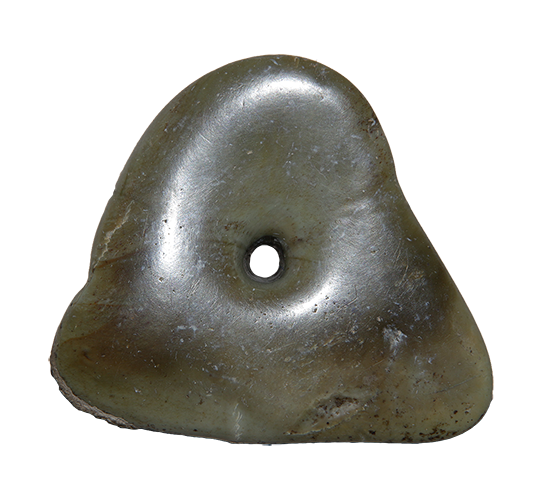
Верхний палеолит – эпоха людей современного типа. Они жили небольшими коллективами, постоянно перемещаясь с места на место в поисках добычи. Люди строили жилища, используя разные материалы, но на одном месте подолгу не задерживались. Только иногда, в силу благоприятных природных условий, если вокруг было много добычи или она появлялась регулярно во время сезонных миграций, они могли остаться жить дольше, или возвращаться на одно и то же место несколько раз. Это были охотники, рыболовы и собиратели. У них формируются сложные представления об окружающем мире и ритуалы, позволяющие с ним взаимодействовать: обряды, связанные с добычей еды – охотничьи, с умершими сородичами – погребальные, с продолжением рода и др. Об этих представлениях свидетельствуют памятники изобразительного искусства и погребения.
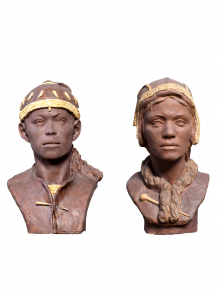
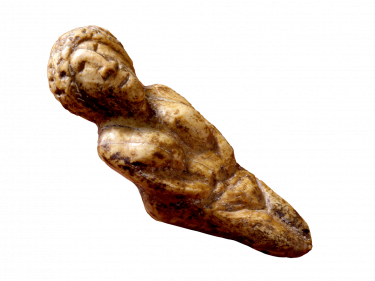
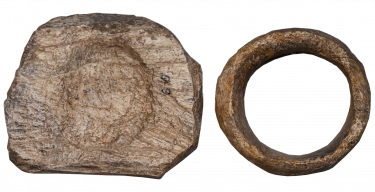
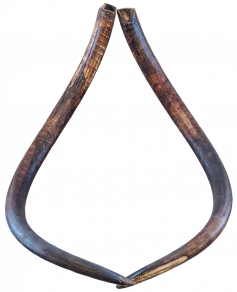
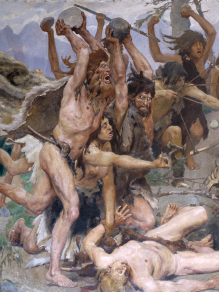
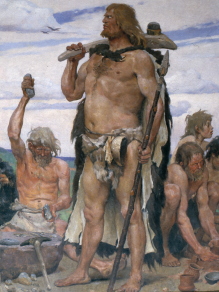

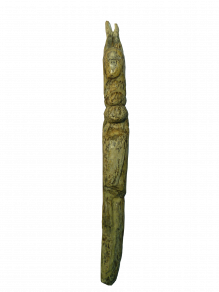
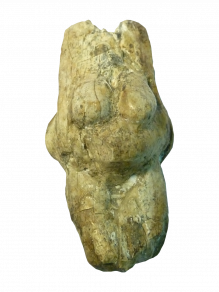
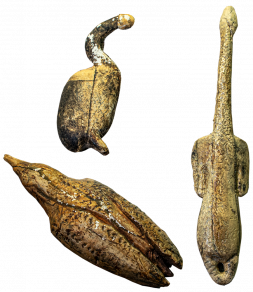
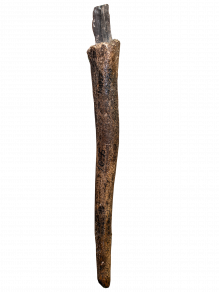
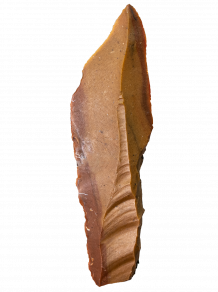
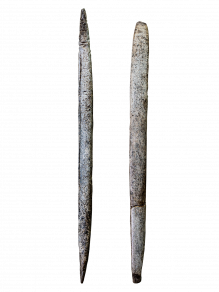
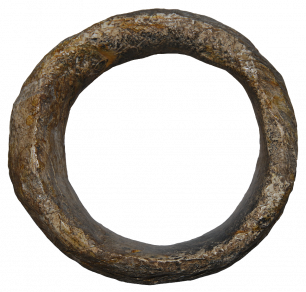
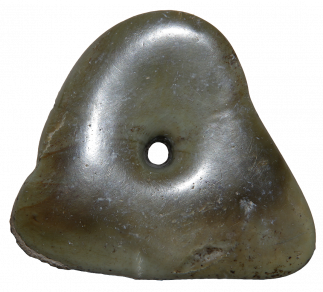




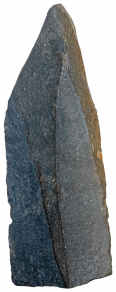
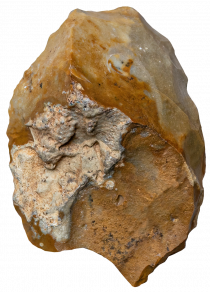
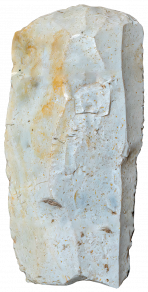



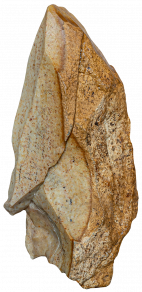
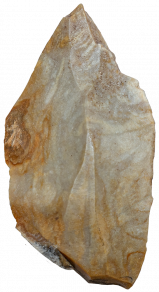

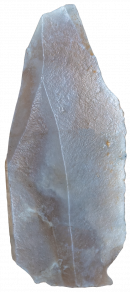
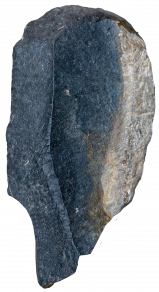
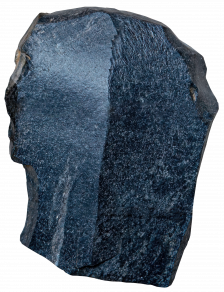


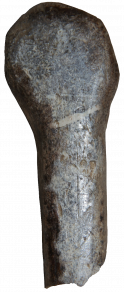




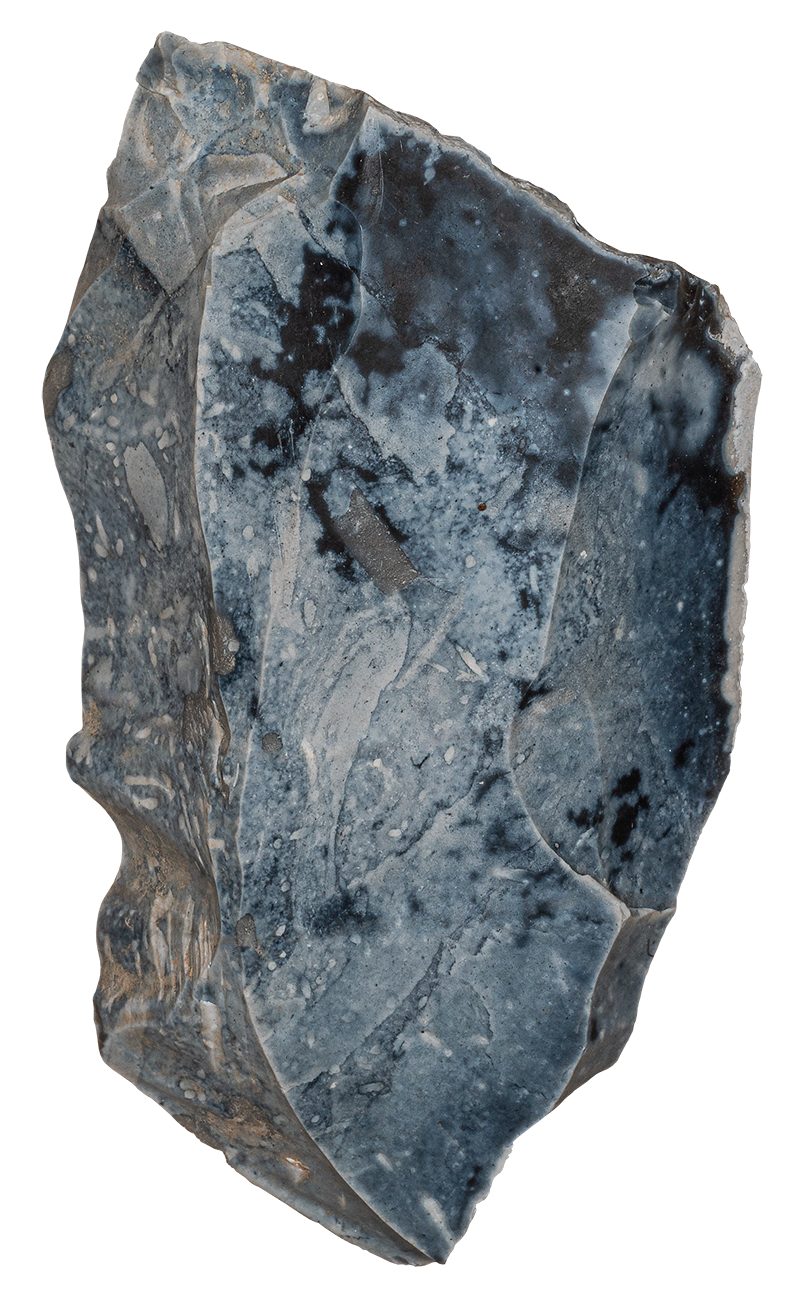
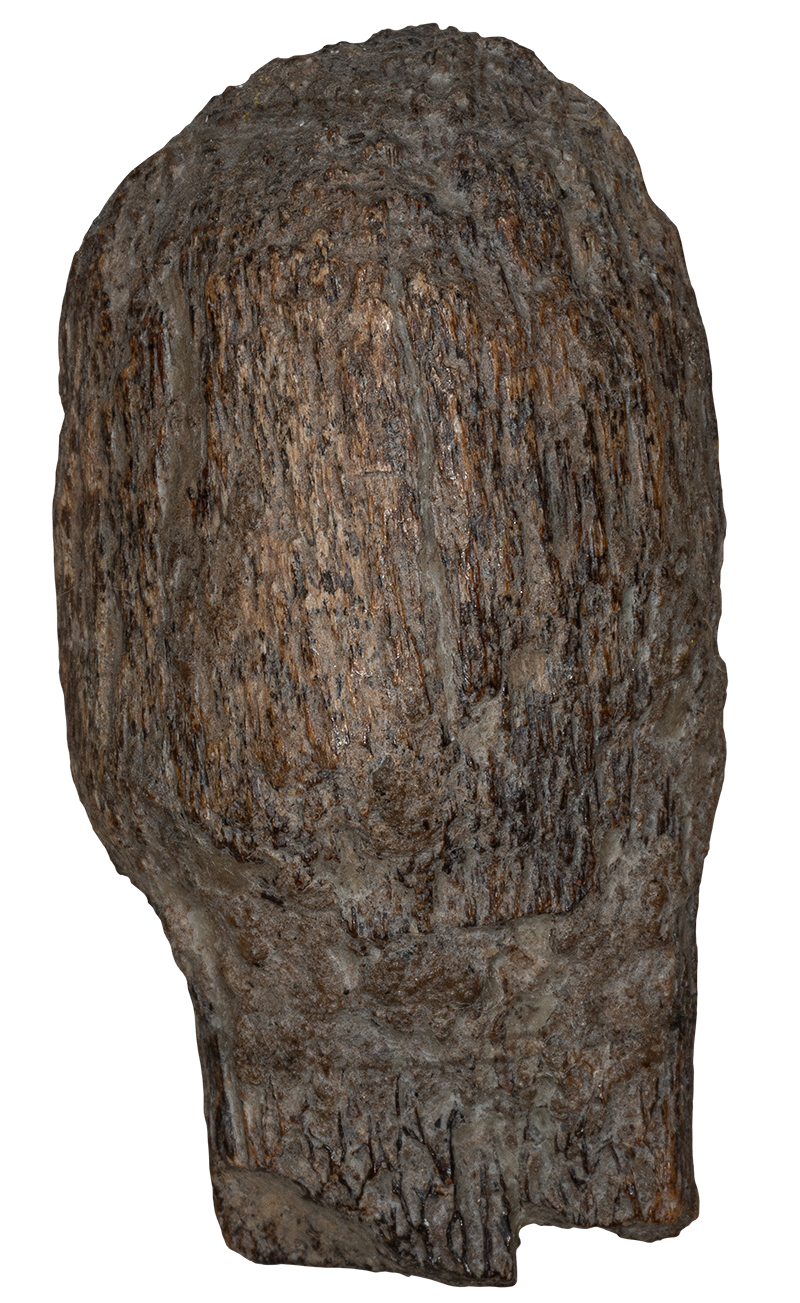
The art design of the hall, developed according to the program of one of the founders of the Museum Aleksey S.Uvarov, represents an artistic reconstruction of the world of an ancient man.
The main feature of the hall is a picturesque frieze of Victor M.Vasnetsov – "The Stone age". It decorates the walls of the Museum since the end of 1884.
The gypsum frame of the frieze is decorated with a dimple-comb pattern, borrowed from the clay vessels of the Neolithic era of Central Russia. The floor mosaic repeats same geometric pattern.
Window frames are decorated with relief images of stone axes, arrowheads and spears, clay pots of the bronze age, similar to those found by Aleksey S.Uvarov in 1873 during excavations of the burial ground in the vicinity of Fatyanovo village in Yaroslavl Province.
The original doorways frames are decorated with carved geometric ornaments, borrowed from the ceramic products discovered in the caves of the Kielce Province of the Kingdom of Poland in the end of 1870s.


